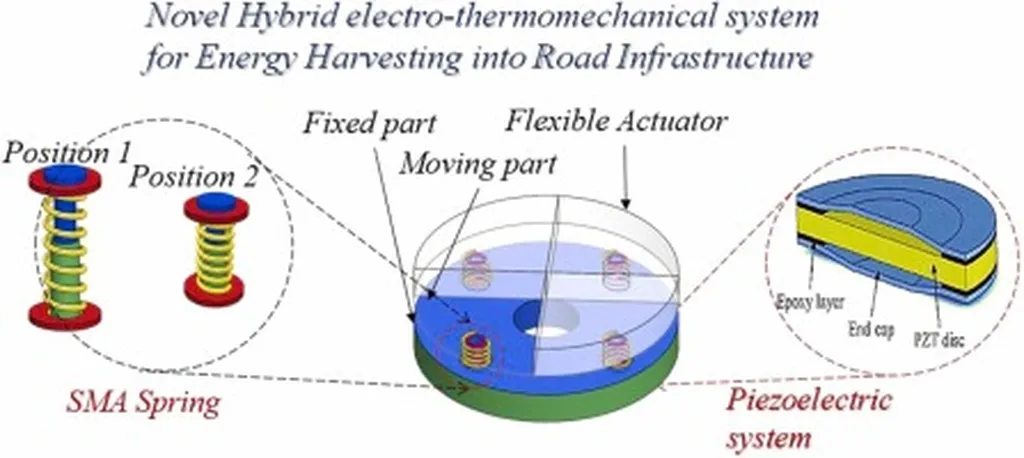In a groundbreaking development poised to revolutionize smart transportation and urban planning, researchers have introduced FAMNet, a cutting-edge deep learning model designed to extract roads from remote sensing imagery with unprecedented precision. Led by Yunfei Zhang from the Department of Remote Sensing and Geographic Information at Changsha University of Science & Technology in China, this innovation addresses critical challenges in road extraction, offering significant implications for the energy sector and beyond.
FAMNet stands out by tackling three major hurdles in current road extraction methods: computational complexity, road fragmentation, and environmental interference. “Our goal was to create a model that not only enhances accuracy but also maintains topological continuity and efficiency,” Zhang explains. The team achieved this by redesigning the lightweight MobileNetv3 as the backbone network, significantly reducing computational overhead and model complexity.
One of the most innovative aspects of FAMNet is its use of a multilevel cascaded atrous spatial pyramid pooling (MCASPP) combined with a convolutional block attention module (CBAM). This combination expands the model’s receptive fields, enhancing its ability to extract and connect slender road features, even in complex environments. “By integrating these components, we’ve improved the model’s capability to handle intricate scenarios while preserving the structural integrity of roads,” Zhang adds.
The researchers also implemented a composite loss function that merges focal loss and dice loss. This approach mitigates the impact of class imbalance between roads and background samples, suppresses environmental interference, and emphasizes road-specific information. The result is a model that delivers high-precision road extraction with remarkable structural completeness.
The efficacy of FAMNet was demonstrated through extensive experiments on the DeepGlobe and CHN6-CUG datasets. The model outperformed state-of-the-art methods in both accuracy and structural completeness, all while maintaining advantages in parameter count and computational efficiency. These results highlight FAMNet’s potential to advance natural resource surveying and monitoring, offering enhanced geospatial environment perception modeling capabilities.
For the energy sector, the implications are profound. Accurate road extraction from remote sensing imagery is crucial for infrastructure development, resource management, and environmental monitoring. FAMNet’s ability to provide precise and efficient road mapping can streamline project planning, reduce costs, and enhance operational efficiency. “This technology can be a game-changer for industries relying on geospatial data, including energy, transportation, and urban development,” Zhang notes.
Published in the IEEE Journal of Selected Topics in Applied Earth Observations and Remote Sensing, which translates to the IEEE Journal of Selected Topics in Applied Earth Observations and Remote Sensing, this research marks a significant step forward in the field of remote sensing and deep learning. As industries continue to seek more efficient and accurate methods for data analysis, FAMNet’s innovative approach offers a promising solution that could shape the future of geospatial technology.
In an era where data-driven decision-making is paramount, FAMNet’s advancements in road extraction technology are not just a technological leap but a strategic advantage. As Yunfei Zhang and his team continue to refine and expand the capabilities of FAMNet, the potential applications and benefits for the energy sector and other industries are vast and exciting. This research not only pushes the boundaries of what is possible in remote sensing but also paves the way for smarter, more efficient, and sustainable development.

